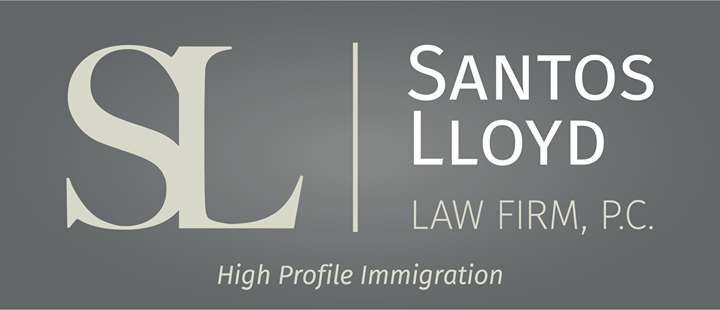Surpreendentemente vantajoso para profissionais da culinária!
Click here to read this article in English
Os vistos P-3 são geralmente para pessoas que estão vindo temporariamente para os Estados Unidos para realizar, ensinar ou treinar como artistas, individualmente ou como parte de um grupo, sob um programa culturalmente único.
Comumente, os vistos P-3 são pensados para serem destinados a artistas, dançarinos, escultores, treinadores atléticos, etc. Mas você sabia que os vistos P-3 podem ser especialmente atrativos para profissionais da culinária, como chefs, sous chefs ou até mesmo chefs de confeitaria?
Critérios de elegibilidade para o visto P-3
Para ser elegível para um visto P-3, você deve estar vindo para os Estados Unidos individualmente ou em grupo com o objetivo de desenvolver, interpretar, representar, treinar ou ensinar uma apresentação ou performance única ou tradicional de natureza étnica, folclórica, cultural, musical, teatral ou artística. Além disso, você deve estar vindo para os Estados Unidos para participar de um evento ou eventos culturais que promovam o entendimento ou desenvolvimento de sua forma de arte. O programa pode ter natureza comercial ou não comercial.
O período máximo de estadia para este visto é de um (1) ano e membros da família (cônjuge ou filhos solteiros menores de 21 anos) podem acompanhar o requerente do visto P-3 obtendo um visto P-4.
O que torna este visto atraente para profissionais da culinária?
Muitos restaurantes em todo os Estados Unidos buscam destacar e desenvolver/promover o entendimento da herança cultural única de seu país por meio da comida. Como todos os países e regiões do mundo têm seu próprio estilo culinário especializado e perfis de sabor, trazer essas experiências para os Estados Unidos e expor os clientes americanos a essas culturas é uma maneira inestimável de promover a unidade global e nos conectar por meio de um interesse compartilhado, a comida!
Esses restaurantes geralmente preparam receitas tradicionais e autênticas que demonstram o sabor, cheiro, sabor e apresentação únicos dos pratos culinários de sua cultura. Na maioria das vezes, os melhores profissionais da culinária para realizar isso são nativos ou cidadãos desse país específico, que foram treinados nos métodos culinários tradicionais e práticas de preparação desses pratos.
Ter um Chef nativo na equipe destaca o restaurante e sua comida dos outros do setor que apresentam uma culinária similar. O domínio do Chef das técnicas culinárias de um país específico cria uma experiência culturalmente única, que promoverá a apreciação americana por uma culinária culturalmente diversificada e transcenderá o paladar do cliente do restaurante.
Por exemplo, se você possui e opera um bistrô grego autêntico, exclusivamente cozinhando receitas gregas tradicionais, e busca trazer chefs ou cozinheiros nacionais gregos para fazerem parte de sua equipe e ajudá-lo a desenvolver a apreciação e entendimento da culinária grega na América, então o visto P-3 pode ser adequado para você!
Este visto não é apenas benéfico para o Chef ou cozinheiro que o receberá (pois lhes permitirá uma oportunidade de vir para os EUA e aprimorar suas habilidades), mas também para o proprietário do restaurante que pode colher aumento de publicidade e benefícios financeiros por ter um profissional talentoso e único em sua equipe.
Se esta opção lhe parecer intrigante para seu restaurante ou negócio culinário, entre em contato com a Dra. Angelica Rice, na Santos Lloyd Law Firm, P.C. para saber mais!
Este blog não se destina a fornecer aconselhamento jurídico e nada aqui deve ser interpretado como estabelecimento de um relacionamento advogado-cliente. Por favor, agende uma consulta com um advogado de imigração antes de agir com base em qualquer informação lida aqui.






